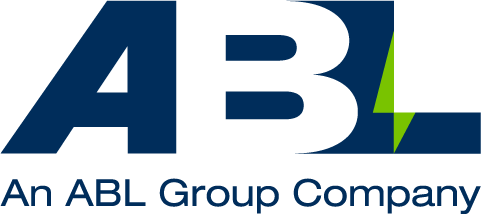Reliability, Availability and Maintainability (RAM) Modelling Study of Gas Plant Design
Project Objective: To help the client construct a gas plant that is designed to operate safely, efficiently, and effectively
Client: Arran Energy
Asset: Natural Gas Plant Producer
Location: Stanley liquids project in Papua New Guinea
The challenge
To determine what aspects of the design would impact the reliability, availability and maintainability of the equipment and processes on the plant, and how to mitigate these to help assure plant safety and productivity.

Why we were contracted
To assure the goals of the study were achieved, Arran Energy outsourced the project to ABL’s asset management specialists who were tasked with conducting a high-level qualitative assessment.
This provided an independent review, identifying risks and recommendations for design improvements ahead of Detailed Design, purchase of long lead equipment and construction.
What we did
- Review basis of design, relevant data, and available information.
- Analysis by modules in the form of block diagrams and process relationships.
- Identification of raw risks, and initial mitigations.
- Probability and consequence analysis of raw risks.
- Evaluation of priorities.
- Provide recommendations for design improvements.
The value we delivered
Independent expert assessment
The delivery of a detailed risk register with a prioritised recommended action plan for overcoming the risks identified
Production optimisation recommendations
Additional recommendations identified through the study that would positively impact the safety and production of the gas plant during operations
Compliance with international standards
Recommended improvement actions were in line with Industry best practice, International ISO standards, and local standards & legislation
Recommendations for design changes
Delivered recommended design changes that would positively impact the reliability, availability, and maintainability of assets in scope
Opportunities to optimise operational expenditure
Identification of factors that could increase operational expenditure were made and recommendations actions were provided to mitigate this
